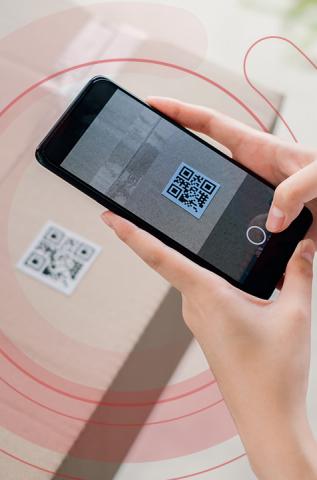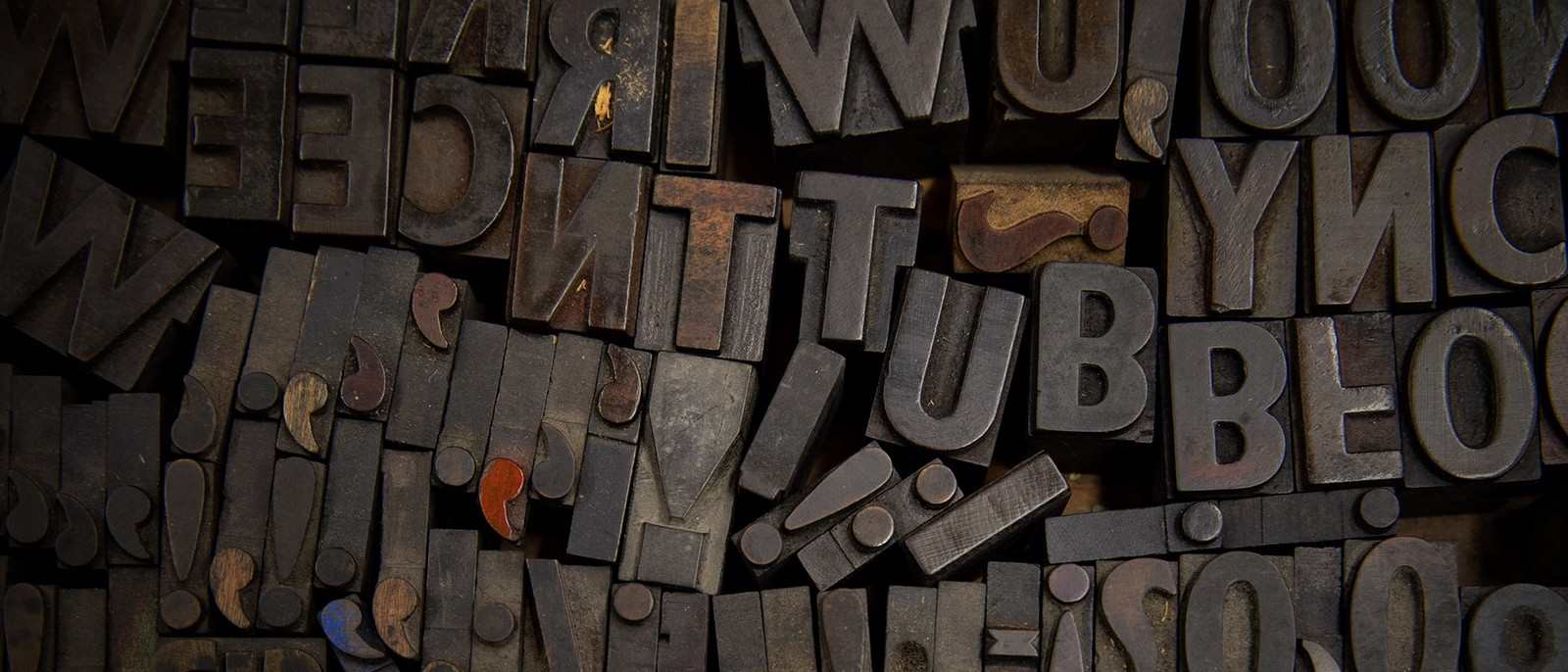QR codes: Why use them in print materials?
Where is it worth using QR codes? How should one work with them when printing leaflets, brochures and other advertising materials? And how can their success rate be measured? We will advise you in our article.

And then out of thin air…
You can find QR codes everywhere. On invoices, tickets, menus, business cards and leaflets. It seems like they’ve been with us forever already. That’s not quite the case, though. These codes have only gained in popularity in the last few years. And ever since then, we’ve been using them on a daily basis.
The biggest boom in QR codes came around 2020, when these modern tools enabled an upturn in contactless – and therefore safer – interactions.
Menus, reservation systems and also fast payment
QR codes are a great way to link your printed material or packaging production with online infrastructure. All you need is a smartphone and an internet connection. With a QR code, you can easily direct customers to a website, social networks, seasonal restaurant menu, map or reservation system.
You can therefore place a QR code on business cards, for example. Next to your name, contact and job title, insert a QR code with a link to the calendar. Interested parties can then easily book an appointment within minutes. The same procedure can be used for a booking system, e.g. for sports training.
The QR code is also perfect for quickly showing clients where your shop is located. Simply place the QR code on the leaflet to direct customers to the map. This makes it easy to show them where they need to go – without them having to do a complicated search to find where you’re based. You can also use the QR code to make payments conveniently – whether in a restaurant or elsewhere.
As you can see, the use of these tools in printed materials is simply vast. And you can use QR codes everywhere – for printing brochures, leaflets or packaging.
6 tips on how to work with QR codes
- Attract customers – You have to give people a reason why they should scan your QR code. Will they get a discount? Find a unique offer? Will they be able to book an appointment? There are plenty of options.
- Tell them where you’re redirecting them to – No one wants to visit a site when they don’t know where it leads. Always add to the QR code where the link leads and what you want people to do.
- Adapt your website to mobile devices – Keep in mind that people scan QR codes on a smartphone or tablet. Therefore, the site to which you want to redirect your customers should always be adapted to mobile devices. Admit it – if you are sent to a poorly-arranged and hard-to-read website, you’ll probably leave it without a second thought.
- Keep the QR code in sight – If you want your customers to use the QR code, place it where they can easily find it. Perhaps on the first page of a brochure, or at the bottom of a calendar.
- Choose the right size – When printing leaflets or other advertising materials, we recommend using a QR code of at least 3x3 cm. The bigger the QR code, the faster and better it is to scan.
- Don’t try to get fancy – Stick to the classic black and white (or monochrome) version that people are used to. Forget about QR codes in rainbow colours.
Measure the success rate – Simply
QR codes have the advantage that you can easily measure how many people have viewed a site. This will show you how well your customers are responding to your campaign. You can modify the QR code if necessary.
In addition, you can also use the QR code to see exactly when customers loaded the site or what device they used to connect. This is valuable data that you can use effectively in your marketing campaign.
Leave the printing of business cards, leaflets and brochures to the professionals
Print quality is always the first priority when printing calendars, flyers or other advertising materials. You only get one chance to make a first impression. So, do your best when producing printed materials to present your company. At POINT CZ, we will be happy to meet even the most demanding requirements. So, get in touch.
Text: Markéta Švábová, Daniel Procházka



 LinkedIn
LinkedIn